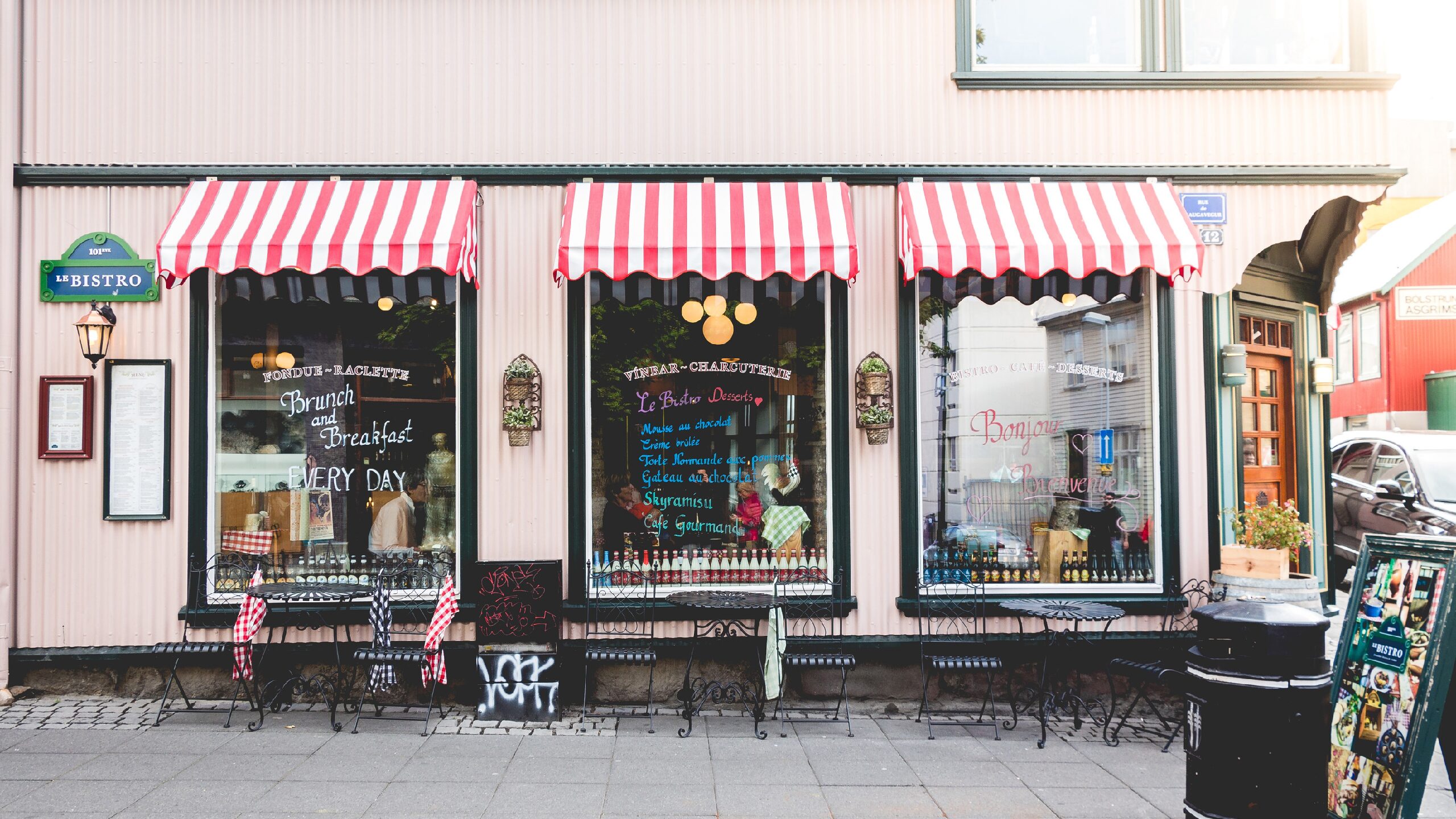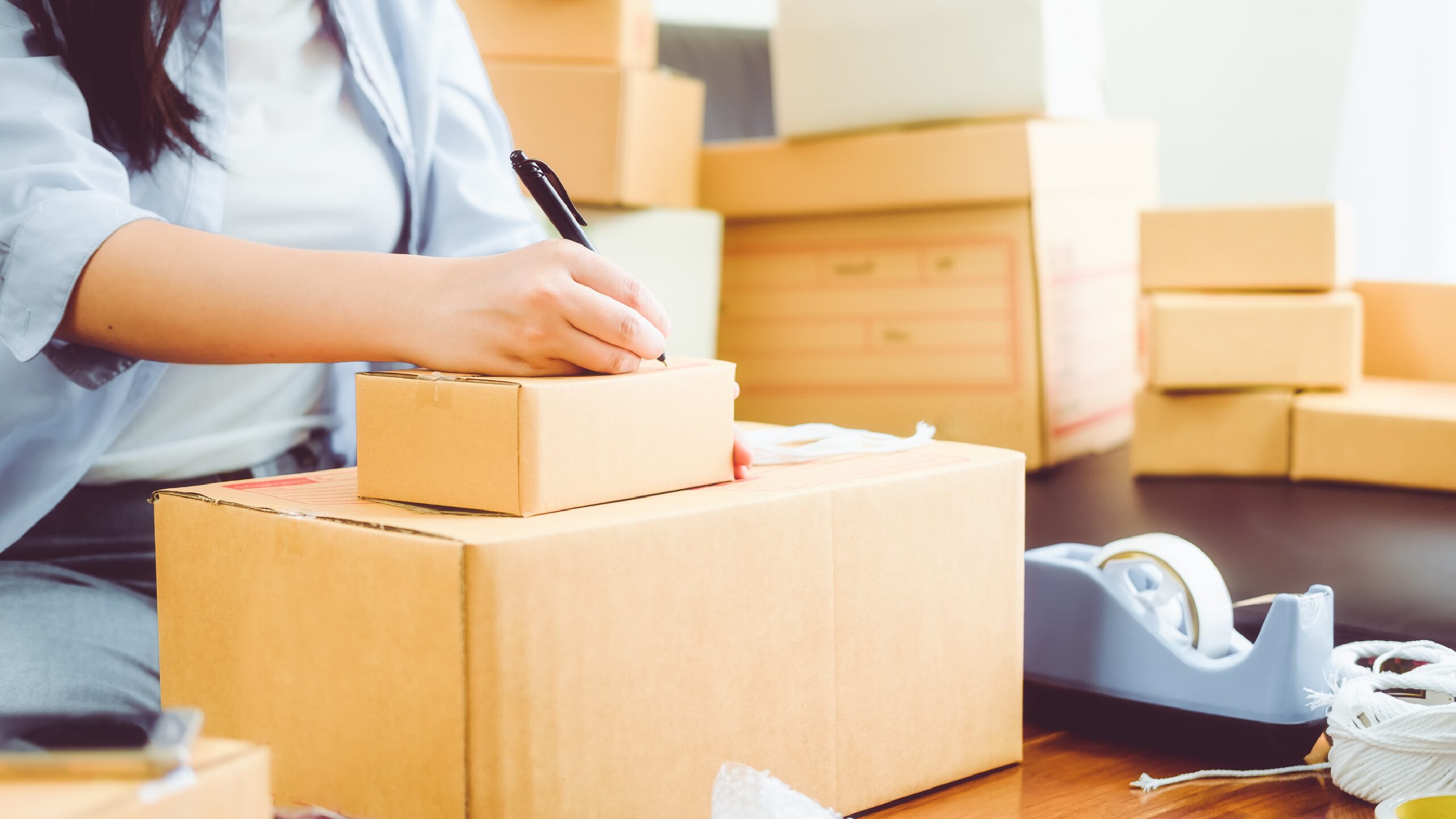In today’s digital world, local SEO for small businesses has become an essential strategy for attracting nearby customers. Did you know that nearly 46% of all Google searches are looking for local information?
Whether you’re a restaurant owner, a local plumber, or a boutique shop, optimising your business for local search can significantly improve your visibility and increase foot traffic. In this beginner’s guide, we’ll dive into what local SEO is, why it matters, and how small businesses can leverage it to stay competitive in their local markets!
What is Local SEO for Small Businesses?
So, what is local SEO? Local SEO for small businesses involves optimising for locations based search results. Local SEO is especially important for small businesses as it helps you to stand out from your competitors in your local area.
This differs from regular SEO as Google uses different algorithms to rank localised results rather than national results. For example, Google will identify keywords such as “Liverpool” or “Manchester” as an indication you are in that area, therefore it will show you businesses which operate in that area.
Another great way to attract more phone calls and clicks to your website is to set up your Google My Business (GMB) profile. This will allow your business to show up in what’s called the “map pack” on Google, like the one below. But don’t worry about this too much just yet, we shall touch more on this later in the guide.

Why Local SEO Matters for Small Businesses
When your customers search for you in Google, you want to make sure your website shows up. Hundreds of thousands of people are searching for “plumber near me” everyday, and you have the opportunity to capitalise on that.
When your customers are searching “near me”, Google will use their current location to determine businesses that are located around them. It will then prioritise those businesses over others.
For example, if I was in Lincoln and searched “car garage near me“, Google will show me all the car garages in Lincoln I can visit.
So, what are the benefits of local SEO for small businesses?
- Increased conversion rates: Optimising for local SEO will boost your contact form submissions, phone calls, and emails.
- Increased sales: Online reviews will help you stand out as a trusted brand in your local area.
- Targeted traffic: No more explaining why to your customers, they already know what they need – this traffic is hot!
- Build brand awareness: Content marketing will help you establish yourself as an expert in your field.
- More foot traffic: When people look and see you online, they are more likely to walk to your brick and mortar location. In fact, more than half of consumers now prefer to shop locally.
As well as all these benefits, did you know that 40% of local SEO campaigns achieve a 500% or more return on investment (ROI)! What would you do with all those extra customers?
Key Elements of Local SEO
Now that we’ve covered what local SEO is and why it’s important, let’s jump into what makes up a local SEO campaign.
Google My Business
This is potentially one of the most important aspects of your local SEO campaign – your Google My Business profile.
Think of this as a mini online version of your business, where you can showcase all your work and establish trust with your customers and Google. You can write a description of your business, add photos, write blogs, and showcase all your wonderful reviews!
On average, a Google My Business Profile receives around 200 clicks/profile interactions per month. That’s 200 potential customers you could be missing out on! View our local SEO plan guide on how to set up and optimise your Google My Business listing today!
Name, Address, and Phone Number
Consistency of your name, address and phone number (NAP) across business directories is essential for maintaining trust with Google and ensuring your target customers can contact or locate you.
Local Backlinks and Citations
A backlink is simply when one website links to another through what’s called “Anchor text”, like this. Think of a backlink as a vote of confidence from one website to another.
If you can, try to get as many relevant backlinks from local businesses or directories as you can as this will increase the authority of your website, making it much easier to rank!
On-Page SEO
Making sure you’re targeting the right keywords is the first and most valuable step of your local SEO strategy. If you’re not targeting the right keywords, then your entire strategy gets messed up!
You can use our free keyword research tool to have a go at your own local SEO. Here are a few tips to help you optimise your service/product pages –
- Ensure your meta description and title contain your keyword
- Ensure a keyword density of 1-2%
- Include images to your page and add alt text
- Make sure you add mentions of your location into your content
Mobile Optimisations
How do you think Google knows your location? Ah yes, your mobile phone. People are more likely to use their mobile phone for a location based search than a desktop computer. So you better optimise for mobile too!

How to Optimise Your Website for Local SEO
Step 1: Keyword Research
As stated above, keyword research is the first step to your successful local SEO strategy. For a local campaign, you will want to combine your service/product with your location. A great way to get started with keyword research is to identify local SEO trends that relate to your area.
For example, if I was an electrician in Newcastle, the keyword I would want to target would be “electrician Newcastle“. Easy right! Again, you can use our free keyword research tool to assist you.
Step 2: Creating Location Pages
You will now want to create a location based page with the title “[your service] in [your location]” (e.g. Plumber in London), and start adding content to the page.
You will want to cover what service you offer, why you do what you do, why customers should choose you etc. Also be sure to add images of your service or pictures of your location to your content. No one likes big walls of text.
After searching for the keyword you want to incorporate within your content, you want to add mentions of that keyword throughout your content – naturally. Aim for a keyword density of 1-2%, meaning 1-2 mentions of your keyword in every 100 words on content.
Step 3: Optimise Images
Remember all those images you added about your product/service to your location page? You now need to add what’s known as “Alt Text” to the image.
Alt text stands for alternative text, and it’s a short description of the image on your website to help people who are visually impaired. But, it’s also a good opportunity to add your keyword into the description to help you rank in the search results.
Step 4: Schema Mark-up
Schema mark-up is rich snippets of code you can add to your website to show the Google bots that crawl your website any additional information. Think of schema mark-up like a cherry on top of a cake.
The good news is that you can add local schema mark-up code to your website such as your NAP! Here is a quick guide on how to do so – https://www.thehoth.com/blog/local-schema-markup/.
Step 5: Reviews
Positive reviews help increase the authority and credibility of your website. They allow Google to know that you are authentic, as well as your customer.
But did you know that reviews can also help your local SEO rankings? Reviews written by your customers will likely contain your businesses location and/or service, which can help Google understand how relevant your business is to a user. So make sure you add them to your locations pages!

Local SEO Best Practices for Small Businesses
So, is that it, am I done optimising for local SEO? Unfortunately not.
You have to regularly update your local SEO efforts to maintain or improve the rankings you have. You can start by regularly updating your Google My Business profile by adding posts and images of your business. This will keep your website visible in the map pack, ensuring your customers can find you.
The Big Secret
The big secret to improving your local SEO visibility is repurposing all your content. This means when you create one piece of content, a blog post for example, you can then turn this into other pieces of content for your local audience.
You can post it on Facebook, X.com, Instagram, YouTube, LinkedIn etc, to reach a wider variety of people – which means more money in your pocket!
Community Events
Partnering, sponsoring, or appearing at local community events are all great ways to build your brand within your local community, and it also helps you gain those local backlinks we talked about earlier!
These backlinks will be essential to building your website’s local authority both with Google and your customers. Not to mention keeping you ahead of your competition!
Measuring your Campaign
We come to the final part of the local SEO for small businesses – measuring your campaign. You want to make sure your local SEO campaign is going smoothly and in the right direction. For this, there are free tools you can connect your website too such as –
- Google Search Console
- Google Analytics
- Ahrefs (paid)
- SEMrush (paid)
For a local campaign, Search Console and Analytics should be enough for you to measure and adjust your local SEO strategy accordingly.
Good luck!
Conclusion
Local SEO for small businesses is an incredibly powerful tool for businesses looking to enhance their visibility and connect with local customers. By understanding the fundamentals of local search and implementing the best practices discussed, you can boost your business’s online presence and start seeing real results. Don’t wait – begin optimising your local SEO strategy today and watch your small business thrive!





One thought on “What is Local SEO for Small Businesses? A Beginner’s Guide”
Comments are closed.